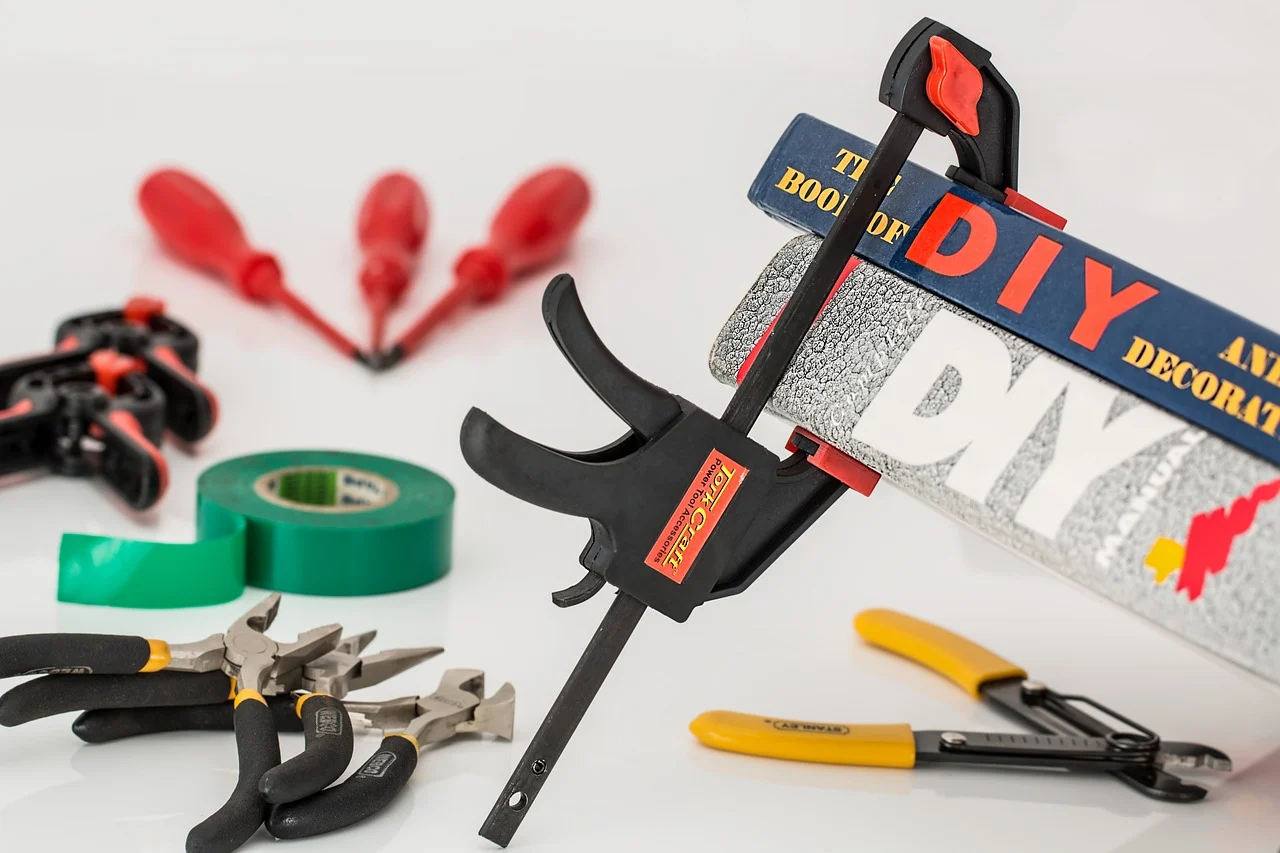Improving your home can transform your living space into a sanctuary that reflects your personal style and meets your needs. From simple decor updates to comprehensive renovations, every change can enhance both functionality and aesthetics. In this blog, you’ll discover practical tips and creative ideas to inspire your next home improvement project and make your space truly yours.
Hire Professionals
Hiring professionals for home improvements can ensure that your projects are completed efficiently and to high standards. Experts bring specialized skills and experience that can prevent costly mistakes and delays. Pros from a local roofing company are familiar with building codes, safety regulations, and quality materials, which can be crucial for the success of your renovations. Additionally, their established networks can help you source the best materials and subcontractors needed for your project.

To find the right professionals, start by asking for recommendations from friends or family who have recently completed similar projects. Online platforms and review sites can also provide insight into a contractor’s reputation. Always check qualifications, insurance, and previous work examples, and get multiple quotes to ensure you are making an informed decision that aligns with your budget and vision.
Set a Realistic Budget
Budgeting is crucial for home improvements as it helps you manage your finances and avoid overspending. Without a clear budget, projects can quickly become financially overwhelming, leading to stress and potential compromises in quality. To set a realistic budget, start by identifying the scope of your project and researching costs for materials and labor.
Allocate funds for unexpected expenses — typically around 10-20% of your total budget — as surprises are common in renovations. Prioritize your needs versus wants, ensuring essentials are funded before opting for luxury items. Use price comparisons from local suppliers and contractors to gauge realistic expenses. Finally, keep track of your spending throughout the project to remain within budget and adjust as necessary, ensuring your home improvement journey is both fulfilling and financially sound.
Focus on Value-Adding Improvements
Value-adding improvements are those that increase your home’s value and appeal, offering a return on investment (ROI) when you decide to sell. Consider doing the following:
- Kitchen Remodel
- Bathroom Renovation
- Curb appeal enhancement
- Energy-efficient upgrades
- Finished basement and attic conversion
- Smart home tech
- Outdoor living spaces
- Open floor plan
- Updated flooring
- Bathroom addition
These are essential when you want to enhance both the functionality and marketability of their property. By investing in upgrades that increase the overall value, homeowners can enjoy a better living experience while also ensuring a higher return on investment when selling. These improvements not only make the home more appealing to potential buyers but also contribute to long-term financial stability, making them a prudent choice for any renovation project.
Plan and Prioritize Your Project
A well-structured plan prevents last-minute changes that can lead to budget overruns and project delays. Start by defining your project goals and desired outcomes, allowing you to outline specific tasks and timelines. Prioritize improvements based on urgency, budget, and potential ROI.
Use a project management tool or a simple checklist to keep track of tasks, deadlines, and materials needed. Regularly review and adjust your plan as needed, ensuring that you stay focused on your objectives while maintaining flexibility to adapt to any unforeseen challenges that may arise.
Follow Permits and Building Codes
Following the law is essential for any home improvement project, as it ensures safety, compliance, and quality in construction. Permits typically involve inspections that verify the work meets local regulations, preventing potential hazards and liabilities. Following these guidelines can also help maintain your home’s value and secure your rights as a homeowner, particularly during resale.
To navigate this process, begin by researching your local building department’s requirements for permits related to your project. Engage with professionals who are familiar with the regulations, and be prepared to submit detailed plans for approval. Keeping open communication with inspectors and ensuring all work is documented will facilitate a smoother renovation experience while safeguarding your investment.
Prioritize Energy Efficiency
Energy efficiency reduces energy costs and enhances comfort and environmental sustainability. By investing in energy-efficient upgrades, homeowners can significantly lower their utility bills while minimizing their carbon footprint, contributing to a healthier planet. To prioritize energy efficiency, start by assessing your home’s current energy usage and identifying areas for improvement.
Consider installing energy-efficient appliances, LED lighting, and upgraded insulation, which can result in lasting savings. Further, look into renewable energy options like solar panels to further enhance efficiency. Incorporating smart home technology, such as programmable thermostats, can optimize energy use. Ultimately, focusing on energy efficiency transforms your living space into a more sustainable and cost-effective environment, adding long-term value to your home.

In conclusion, every step you take in improving your home can lead to a more enjoyable living experience and increased property value. By hiring professionals, setting a realistic budget, and focusing on energy efficiency, you can create a space that truly reflects your style. Embrace these insights and embark on your home improvement journey with confidence and creativity!

Jessi is the creative mind behind The Coffee Mom, a popular blog that combines parenting advice, travel tips, and a love for all things Disney. As a trusted Disney influencer and passionate storyteller, Jessi’s authentic insights and relatable content resonate with readers worldwide.
